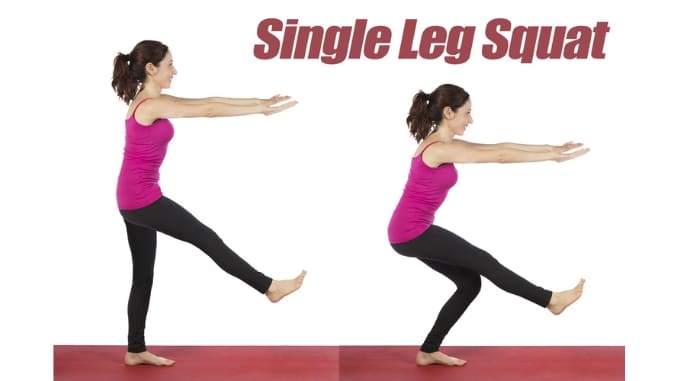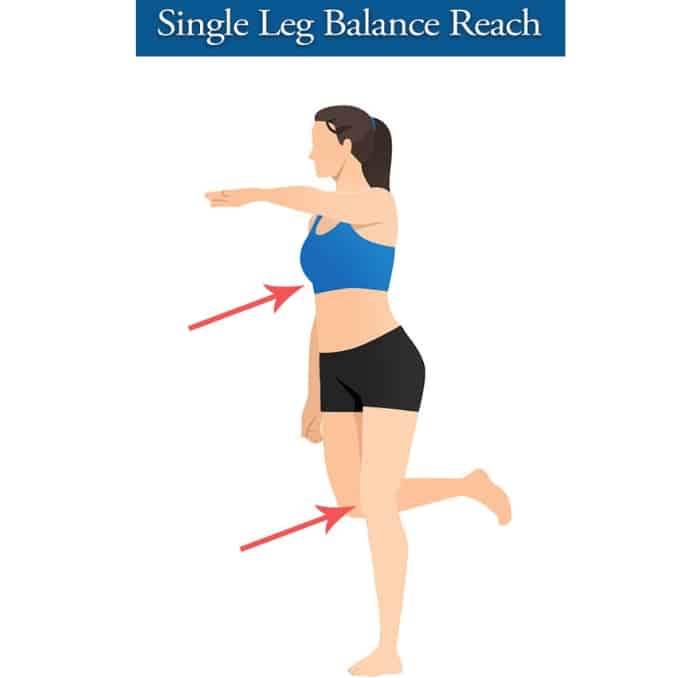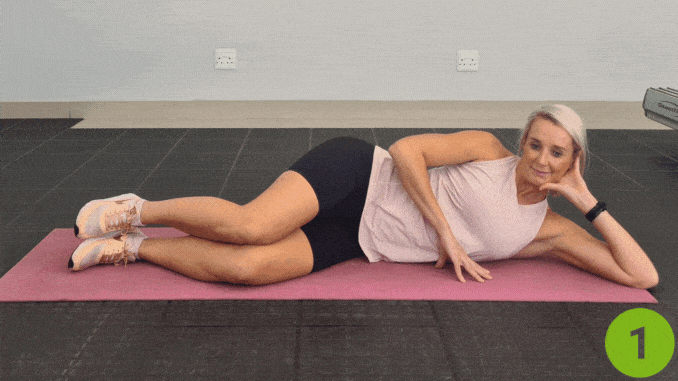Whether you’re a competitive athlete, a weekend warrior, or simply committed to physical activity, injury prevention is crucial [1] to achieving peak performance and longevity.
Another post for you on corrective exercise for performance.
It’s a post that I lost, but I’m glad Nick reminded me about it. Nick Rosencutter, a certified strength coach and licensed massage therapist, offers evidence-based insights into corrective exercise strategies that not only enhance athleticism but also help protect against serious injury.
Now, Nick has been on EFI before.
You can take a look at his other posts:
- Corrective Exercise to Improve Your Deadlift – Part 1
- Using Corrective Exercise to Overcome an Injury – Part 2
Here we go with part 3 of Nick’s articles
8 Lessons from Nick Rosencutter for Injury Prevention & Performance
- Take It Easy—Intelligently – Even in high-performance training, it’s crucial to schedule deload weeks. You don’t need to grind every session. Overtraining can lead to overuse injuries. Train smart and listen to your body.
- Get Assessed for Muscle Imbalances – Everyone has weak links. Having a professional identify your problem areas, such as tight hip flexors or underactive thigh muscles, can drastically reduce your risk of injury.
- Prioritize Soft Tissue Work – Self-massage tools like lacrosse balls and therapy canes are must-haves. Addressing tight fascia and breaking up adhesions helps restore functional movement and prevent injury recurrence.
- Focus on Your Weak Points – You can’t brute force through plateaus. Whether it’s the gluteus medius, lower traps, or core stabilizers, target and strengthen these to maintain stability and boost performance in multiple planes.
- Don’t Go It Alone – Even elite lifters benefit from coaching. Feedback ensures you’re using proper form, especially in exercises like the single-leg squat or when balancing on one leg. This helps prevent injury caused by faulty mechanics.
- Learn the Science of Movement – Study experts like McGill and Cressey. Understanding how the spine, knees, and hips interact during physical activity empowers you to train smarter and avoid serious injury.
- Be Patient with Progress – Injury recovery and strength development are long games. Core strengthening exercises and flexibility drills take time. Trust the process to return stronger.
- Injuries Can Be Opportunities – Instead of viewing injury as a setback, use it as a chance to work on weaknesses and develop better habits. Rebuild with body weight workouts, stretching, and targeted corrective exercises.
4 Effective Injury Prevention Exercises
Below, you’ll find effective injury prevention exercises with step-by-step guidance—designed to target muscle imbalances [2], enhance joint stability, and prevent overuse injuries.
1. Single Leg Squat
Why: Enhances lower body strength, core stability, and balance, crucial for sports injury prevention. [3]

- For this injury prevention exercises, start in a standing position with your feet shoulder-width apart.
- Lift one leg slightly off the ground, keeping a slight bend in your supporting knee.
- Slowly sit back into a squat, reaching your hips behind you toward a box or bench.
- Maintain a straight line from your chest to your knee, keeping your core muscles engaged.
- Lower yourself until your hips lightly touch the surface, then return to a standing position.
- Repeat for 8–10 reps per leg.
2. Single Leg Balance Reach
Why: Improves ankle, hip, and knee joint stability while correcting muscle imbalances.

- Stand on one leg with the other leg bent at the knee.
- Maintain a neutral spine and keep the supporting foot fully planted.
- Reach forward with the opposite arm while keeping your hips level.
- Return to the starting position without losing balance.
- Complete 10 reps per side.
3. Gluteus Medius Activation (Side-Lying Clamshells)
Why: Activates the gluteus medius and hip abductors to improve lateral stability and functional strength.

- Lie on your side, knees bent, hips stacked.
- Keep feet together and lift the top knee as high as possible without rotating the pelvis.
- Pause, then lower.
- Perform 2 sets of 15 reps per side.
4. Core Strengthening with Dead Bug
Why: Strengthens deep core muscles, which are key to maintaining spinal alignment and preventing injury.

- For this injury prevention exercises, lie on your back, arms extended toward the ceiling, legs lifted in tabletop position.
- Lower your right foot and left arm slowly, keeping your body in a neutral position.
- Keep your lower back pressed to the floor.
- Return and alternate sides.
- Perform 10 reps per side.
Final Thoughts
Effective exercises don’t have to be fancy. The most effective exercises are often those that improve basic movement, balance, and coordination. Add these drills to your routine to prevent injury, enhance core strength, and unlock new levels of performance in any sport or workout.
Train hard. Train smart. Prevent injury—before it bends you.
Don’t wait any longer. It’s time to focus on your back health! Check out this 10 Easy Movements for a Stronger Back now!
Frequently Asked Questions
What is the best injury prevention?
Regular functional training, focusing on core strength, flexibility, and correcting muscle imbalances, is the best approach to injury prevention.
What is the best way to prevent impact injuries?
Wearing protective gear, practicing proper technique, and building lower body strength and joint stability help reduce the risk of impact injuries.
What is the key to injury prevention?
The key lies in consistency with proper training, warm-ups, mobility work, and addressing early signs of overuse or muscle imbalances.
What are the most preventable injuries?
Sprains, strains, overuse injuries, and lower limb injuries are among the most preventable with correct training and preparation.
How can you protect yourself from intentional injuries?
Avoid high-risk situations, practice self-awareness, and learn self-defense techniques to reduce vulnerability to intentional harm.


